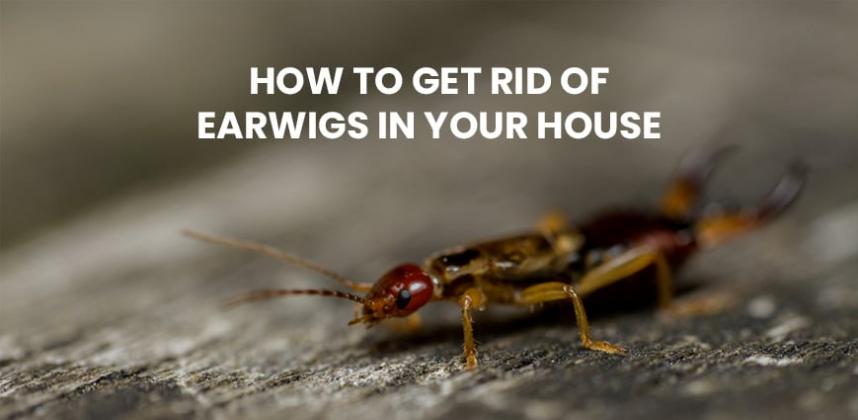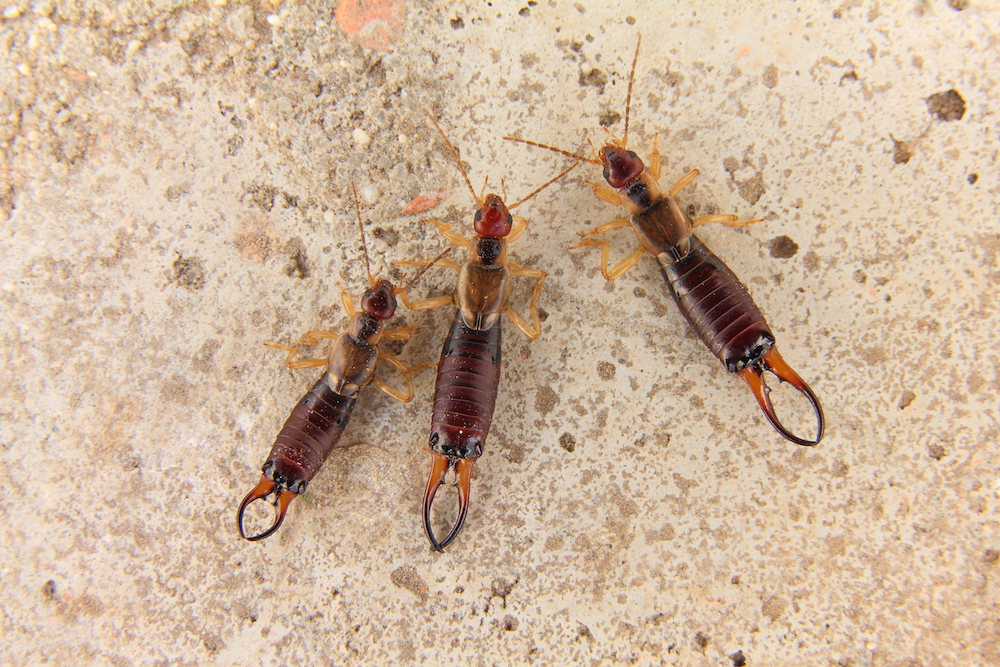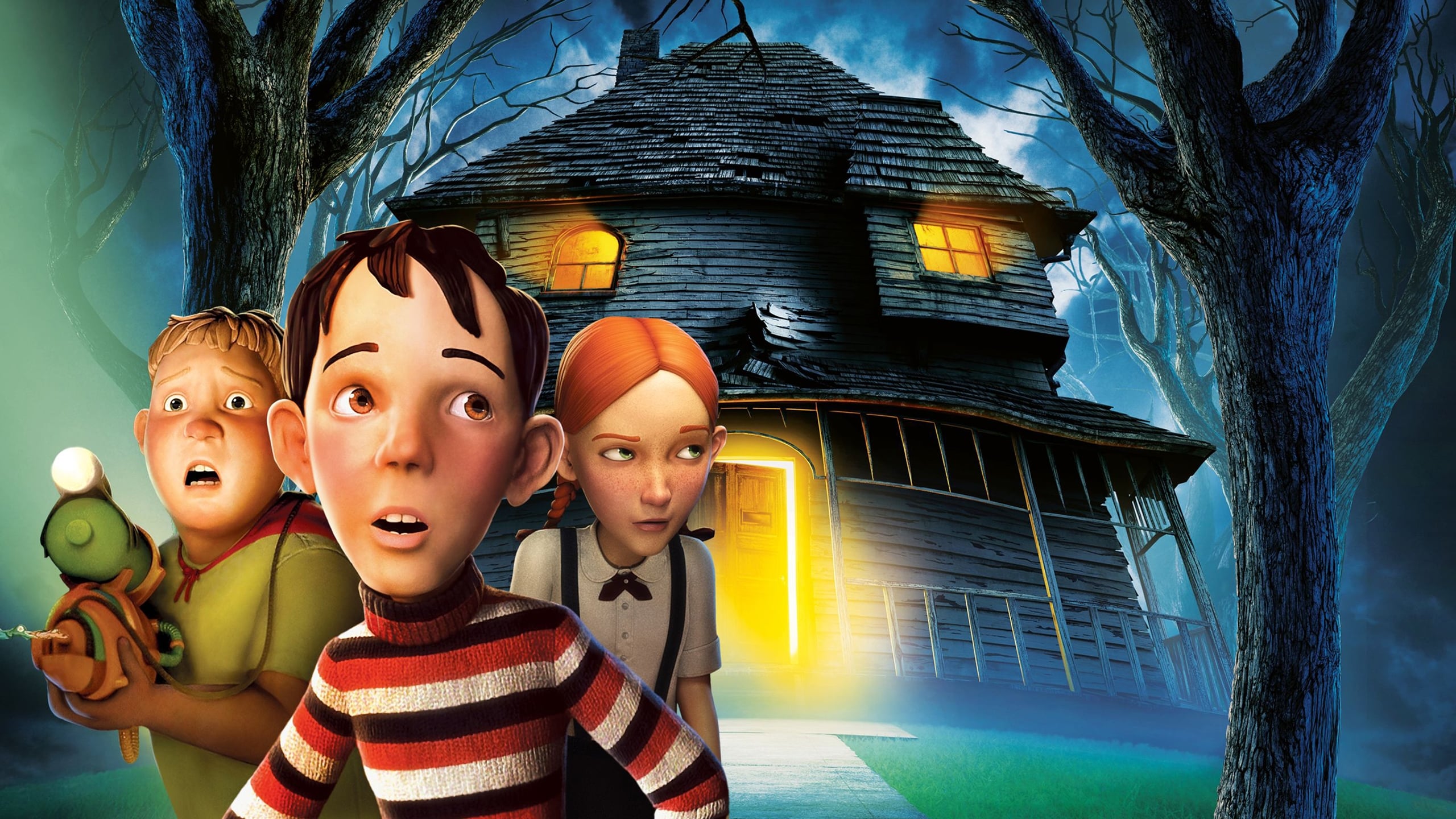Table Of Content

Equally effective (and even easier) is a tuna-can trap—if you eat tuna packed in oil, that is. Remove the fish but leave the oily remains, then bury the can so that its top is flush with the soil. A newspaper, magazine, or supermarket flyer is a cozy hiding place for an earwig. Simply roll an old periodical into a tube, securing it with a piece of tape or rubber band if necessary, and place it in your garden before you retire for the evening. Dampen the newspaper with your hose or watering can to create a particularly tempting trap.
How to Control Pests Without Harming Beneficial Bugs
They’re big fans of decaying organic matter and love dark, moist places — both of which they can usually get fairly easily outside. And that’s exactly where we want them, because their diet helps support a healthy ecosystem. When the conditions are right though, they’ll slip through cracks and crevices and that’s when you find earwigs in house. If there are enough of them, they can cause damage to your houseplants, eat your fruit and leave some ick behind.
STEP 7: Attract birds to your backyard.
Squashing them will release a foul stench that may last a while. This is because you rarely see them as they are nocturnal creatures. Sometimes, you may detect their musky scent but have difficulty finding where they are lurking. Here are some handy tips on eradicating pincher bugs from your home. Earwigs are easily identifiable due to their slender reddish-brown to dark brown, flattened bodies.
Why Do We Need Bugs?
Traps can help reduce the number of earwigs present around your home. Consider using a nightlight to boost trap effectiveness since light entices these bugs at night. Consider putting a sand, rock, or gravel barrier around your home with a plastic sheet underneath. This barrier will create a zone that will dry out quickly after being wet and discourage organic matter growth, deterring pests from infiltrating your foundation. Continue reading to find eight of the best natural ways to get rid of or deter earwigs in the house without using toxic pesticides or ecosystem-harming methods.
How to Prevent Earwigs
However, the pinching action of an earwig is typically not painful and is barely noticeable. On the other hand, pincher bugs use the mouthpart to bite into plant tissue and feed on tiny insects. Earwigs are omnivorous insects and feed on decaying vegetation, plant leaves, and small invertebrates.


In the back is their abdomen, where all of their blood and circulatory systems are maintained. Protruding from the abdomen is a distinct set of pincers which are used to defend themselves from predators or attack prey. The male’s pincers (left) are more rounded and fierce looking, with the female’s pincers (right) more long and narrow. These pinchers are how they get their nickname, the “pincher bug“.
After hatching, the nymphs undergo four to five molts until they become adults. Immature earwigs (nymphs) resemble the adults except they do not have wings. Earwigs typically feed on live sprouts or decaying vegetation and, in rare cases, some species are predators. Earwigs move into homes to find food or because of a change in weather.
Should gardeners be concerned about earwigs? - KSLNewsRadio - KSL NewsRadio
Should gardeners be concerned about earwigs? - KSLNewsRadio.
Posted: Fri, 28 Jul 2023 07:00:00 GMT [source]
Pincher Bugs: Damage, Identification, and Control of Earwigs (With Pictures)
Invasion of Earwigs in New York: Summer Plague Explained - wnbf.com
Invasion of Earwigs in New York: Summer Plague Explained.
Posted: Tue, 25 Jul 2023 07:00:00 GMT [source]
Another option is to use a dish soap and water solution and spray areas where earwigs hang out. A solution of water and white distilled vinegar is another scent that earwigs do not like and effectively cleans. When earwigs want to escape the cold or need a wet spot to remain comfortable, they might turn to your home for that haven.
Reasons Your House Might Smell + The Easy Ways to Find the Source and Fix It Fast
Finding large numbers grouped together a part of a family or true infestation is unlikely. That said, it is possible to find a handful or even dozens in one location if it is one that replicates their ideal environment. While at first a baby earwig might not look exactly like their adult counterparts, the general shape is still quite similar and distinguishable. Typically, lighter in color, nymphs will grow into their darker, more hardened adult body type in a matter of days.
Her past and previous clients include Match.com, Pinterest, and HowStuffWorks. Earwigs look scary with their pinchers but do they have poison that can be harmful? Learn more about these pests and whether they are actually dangerous. Earwigs have elongated flat bodies that are carrot-shaped and usually brown, black, and reddish in color.
Although earwigs rarely cause a heavy indoor infestation, houseplant damage could mean there are large numbers of pincher bugs. Therefore, you should take measures to get rid of them quickly. Although earwigs are pesky bugs with pincers, they are not dangerous. Additionally, they are not social creatures; therefore, an infestation of earwigs in the home is rare.
During the day, most earwig species tend to seek out cold, wet areas that are left undisturbed, such as small, moist crevices. When feeding at night, these insects prefer decaying vegetation and plant items found beneath mulch or wet leaves. Additionally, certain types of earwigs will target seedlings, potentially rendering crops and garden plants unproductive due to the damage caused by these insects. Some earwig species will also prey on smaller arthropods and insects.
Earwigs love dark, damp places where there is rotten vegetation. Therefore, ensure that wood piles, the compost heap, and mulch are kept away from your home. Pictures of these small, slender insects make it apparent how they get their common name. When the bug scampers across the ground, they menacingly raise their pincers. But the good news is that earwigs don’t use the pincers to “bite” humans.
See what attracts earwigs and how you can help prevent them from coming back to your home. Having pests in the home can be frustrating and getting rid of earwigs in the home can be challenging. The common name "earwig" originated from the old superstition that these insects enter people´s ears and feed there; however, this belief has no merit in science.
They usually wind up indoors while seeking shelter or just happen to wander inside through open doors. Earwigs prefer cool, damp areas and may enter homes during extended dry periods. There are over 20 different earwig species that can be found in the United States.














